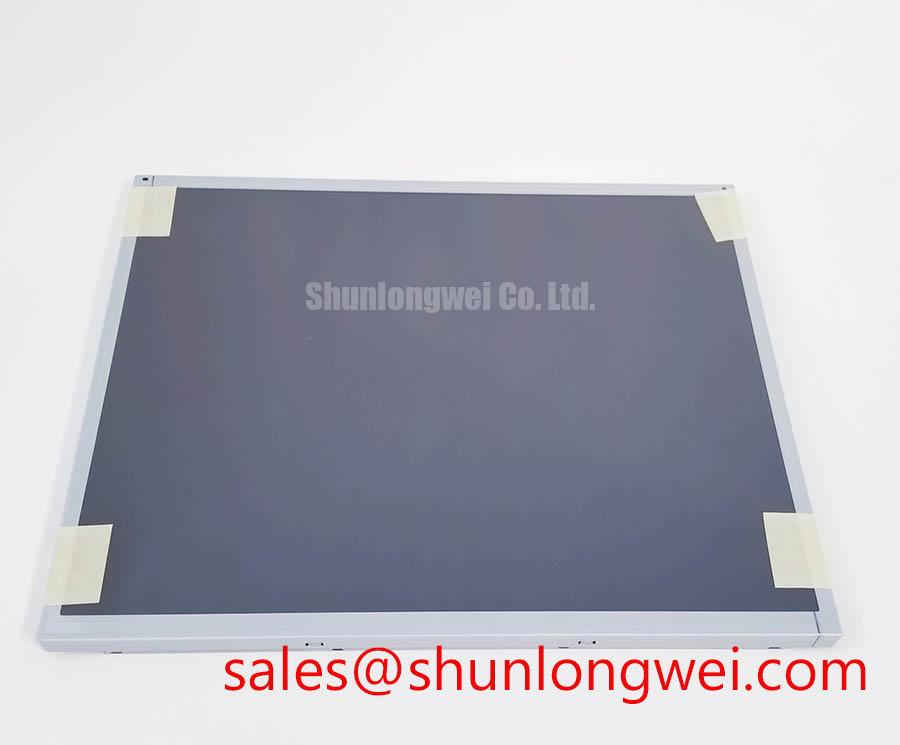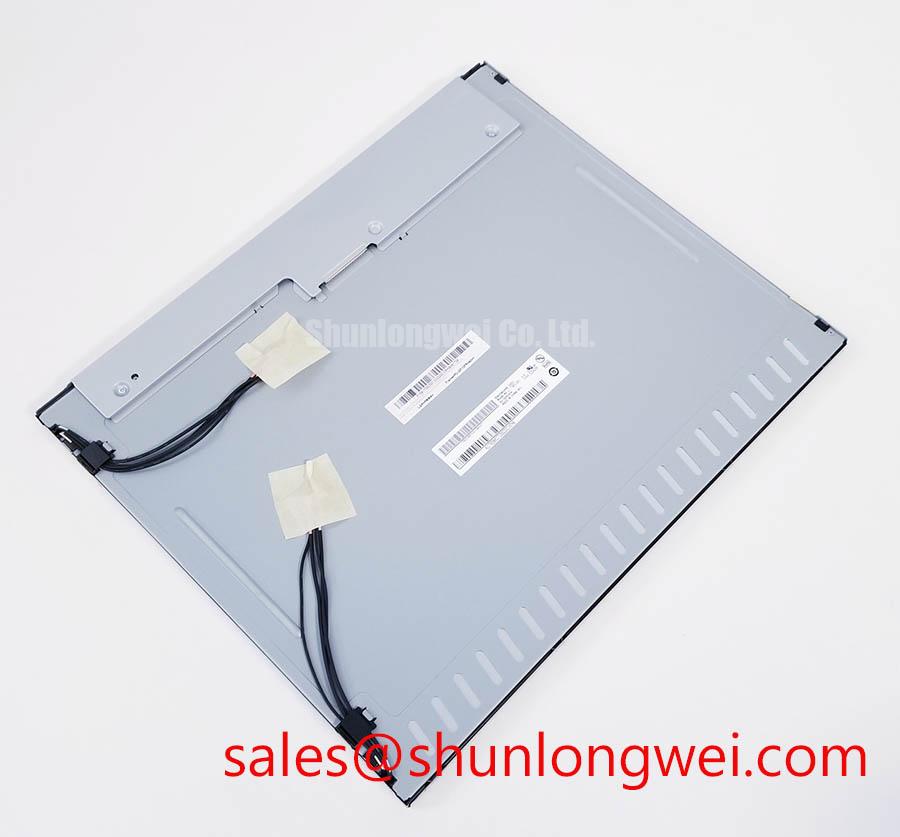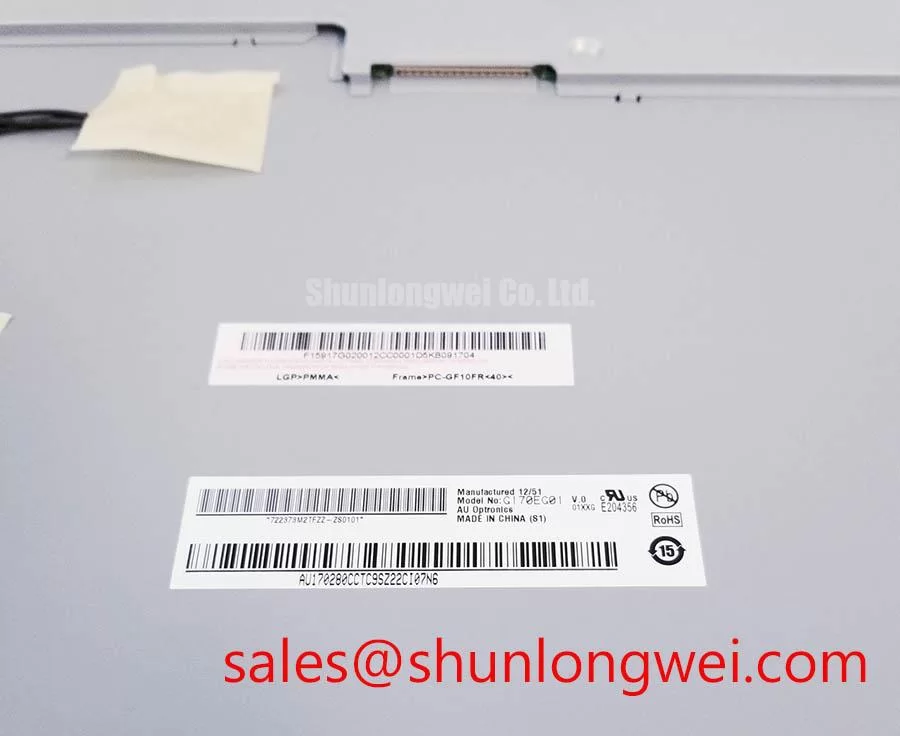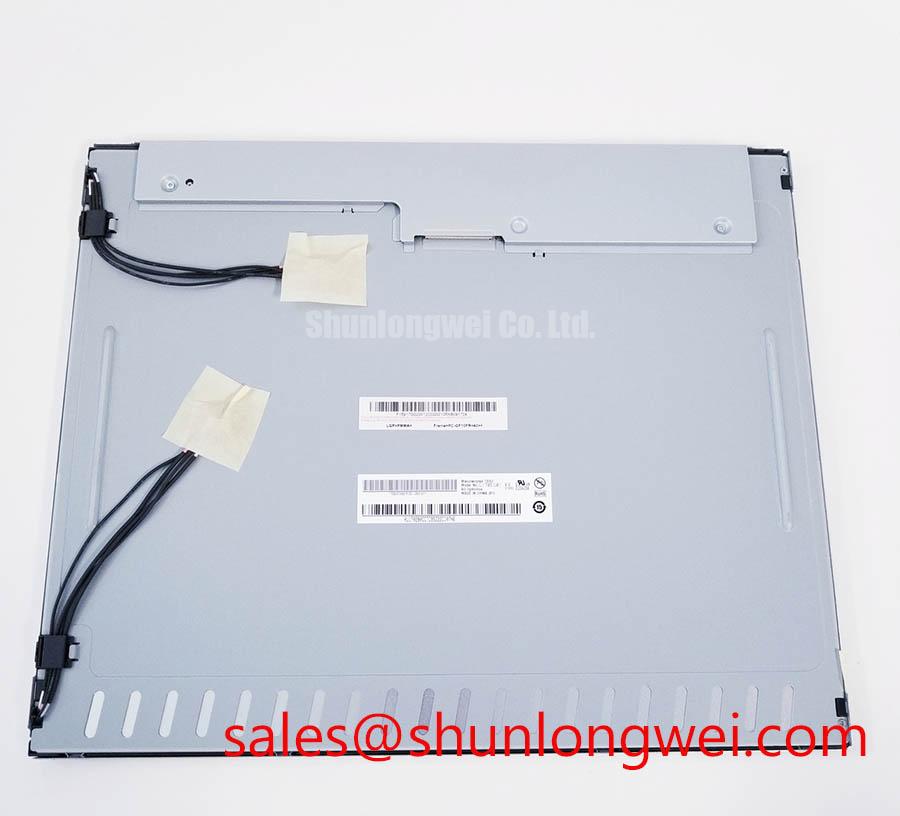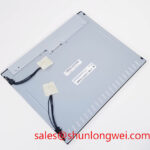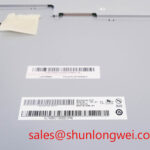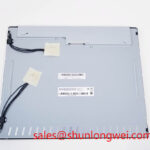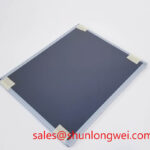Content last revised on November 20, 2025
G170EG01 V0: 17.0-inch SXGA TFT-LCD for Robust Industrial HMI Applications
A Legacy of Reliability for Demanding Visual Interface Systems
The AUO G170EG01 V0 is a 17.0-inch TFT-LCD engineered for unwavering visual clarity and reliability in demanding industrial settings. This display delivers a precise combination of optical performance and environmental resilience, featuring key specifications of 1280x1024 SXGA | 800:1 Contrast Ratio | -30 ~ 80°C Operating Temp. Its primary engineering benefits include exceptional readability in harsh lighting and simplified system integration. This panel directly addresses the need for a durable Human-Machine Interface (HMI) in environments with extreme temperatures, ensuring operational continuity where consumer-grade displays would fail. For industrial automation HMIs requiring consistent performance across a wide thermal range, the G170EG01 V0 is a definitive choice.
Application Scenarios & Value
System-Level Benefits in Factory Automation and Process Control
The G170EG01 V0 is engineered for environments where operational consistency is non-negotiable. Its core value is realized in applications like factory floor HMIs, process control panels, and industrial PCs (IPCs) that are subjected to significant environmental stress. Consider an HMI for a CNC milling machine or a SCADA system in a manufacturing plant. The ambient temperature can swing dramatically, and overhead lighting often creates distracting glare. The G170EG01 V0's expansive operating temperature range of -30 to 80°C ensures stable, predictable performance without requiring specialized heating or cooling systems, thereby simplifying enclosure design and reducing total cost of ownership.
What is the primary benefit of its anti-glare surface? It diffuses ambient light to significantly reduce reflections, enhancing screen readability and reducing operator eye strain during long shifts. This direct optical improvement translates to fewer input errors and increased productivity. While the G170EG01 V0 offers a spacious 17.0-inch display, systems requiring an even larger viewing area for complex data visualization might consider the related G190ETN01.4 for its 19.0-inch platform.
Key Parameter Overview
Decoding the Specs for Environmental Resilience and Optical Performance
The technical specifications of the G170EG01 V0 are tailored for industrial longevity and performance. The parameters below highlight the display's robust design and superior visual characteristics, which are foundational to its reliable operation in the field.
| Functional Group: Optical Characteristics | |
| Display Size | 17.0 inch |
| Resolution | 1280(RGB)×1024, SXGA |
| Luminance | 350 cd/m² (Typ.) |
| Contrast Ratio | 800:1 (Typ.) |
| Viewing Angle | 80/80/60/80 (Typ.)(CR≥10) |
| Display Colors | 16.7M (6-bit + Hi-FRC) |
| Functional Group: Mechanical & Environmental | |
| Active Area | 337.92 × 270.336 mm (H×V) |
| Outline Dimensions | 358.5 × 296.5 × 18 mm (H×V×D) |
| Surface Treatment | Anti-Glare, Hard coating (3H) |
| Operating Temperature | -30 ~ 80 °C |
| Storage Temperature | -30 ~ 80 °C |
| Functional Group: Interface & Electrical | |
| Signal Interface | LVDS (2 ch, 8-bit), 30 pins |
| Backlight | WLED, 50K hours (Typ.) |
Download the G170EG01 V0 datasheet for detailed specifications and performance curves.
Frequently Asked Questions
Engineering Questions on Integration and Long-Term Reliability
How does the Anti-Glare (AG) surface of the G170EG01 V0 benefit an industrial operator?
The AG surface uses a micro-textured coating to scatter incident light, disrupting coherent reflections from sources like overhead fluorescent bulbs or windows. For an operator, this means a significant reduction in specular glare, which improves focus on the data being displayed, reduces visual fatigue over long periods, and minimizes the chance of misinterpreting critical information due to a poorly timed reflection.
What is the significance of the -30°C to 80°C operating temperature range for system design?
This wide thermal range is a critical enabler for deploying systems in uncontrolled environments. It signifies that the liquid crystal fluid, backlight components, and driver electronics are all specified to function reliably from deep cold-start conditions to high-heat industrial settings. For a design engineer, this eliminates the cost and complexity of integrating auxiliary heaters or fans, simplifying the mechanical design and improving the overall system's MTBF (Mean Time Between Failures).
Is the 2-channel LVDS interface on the G170EG01 V0 compatible with standard single-board computers (SBCs) or Industrial PCs?
Yes, the dual-channel LVDS Interface is a widely adopted standard in the industrial computing sector. Most industrial motherboards and SBCs designed for embedded vision or HMI applications provide native support for this interface. This standardization greatly simplifies the electrical integration process, allowing engineers to connect the display with standard cabling and expect predictable performance, which accelerates the system design and validation timeline.
Application Vignette
A Deeper Look: Ensuring Readability in Outdoor Ticketing Kiosks
An often-overlooked challenge for semi-outdoor applications like public transport ticketing kiosks or access control terminals is the dual threat of temperature fluctuation and variable lighting. The G170EG01 V0 is uniquely suited to address this. Imagine a kiosk under a protective awning; it isn't fully exposed, but it experiences the full ambient temperature range and is subject to low-angle sunlight in the morning or evening.
How does the G170EG01 V0 maintain uptime in this scenario? Its -30°C low-end operational limit ensures the liquid crystal response time does not become sluggish on a cold morning, preventing frustrating "ghosting" effects for the user. Conversely, its 80°C upper limit prevents the display from "blacking out" due to solar load on a hot day. The combination of 350-nit brightness and an 800:1 Contrast Ratio provides the necessary optical power to remain legible, while the anti-glare surface is critical for diffusing reflections that would otherwise render the screen unreadable. This ensures the kiosk remains a reliable, 24/7 service point.
To evaluate how the G170EG01 V0 can enhance the reliability and user experience of your next industrial system, contact our engineering support team for a detailed consultation on your specific application requirements.

